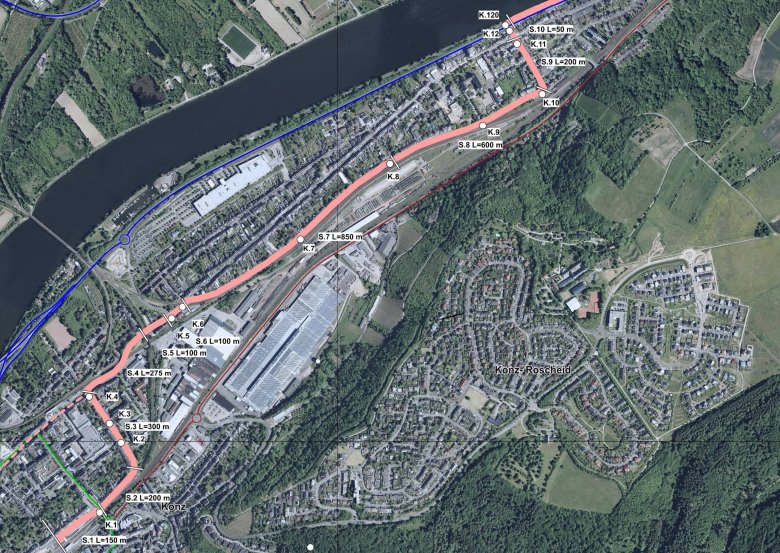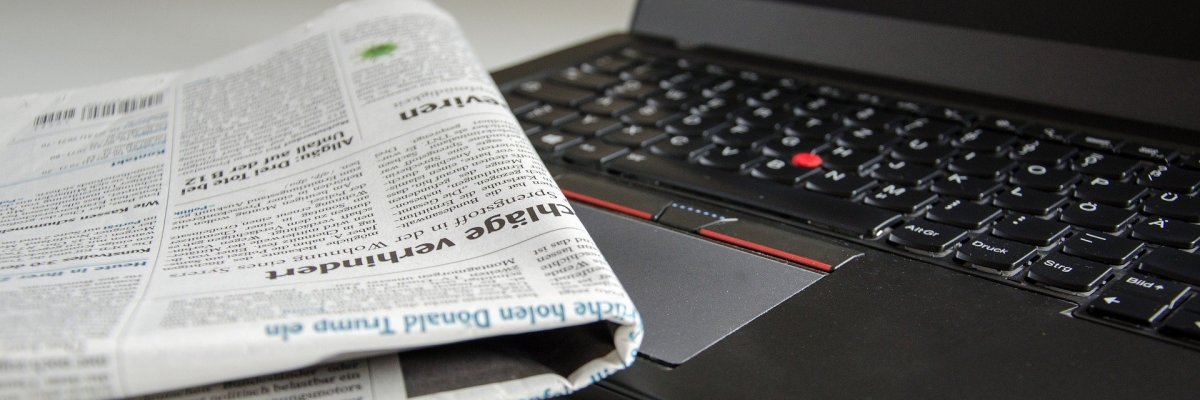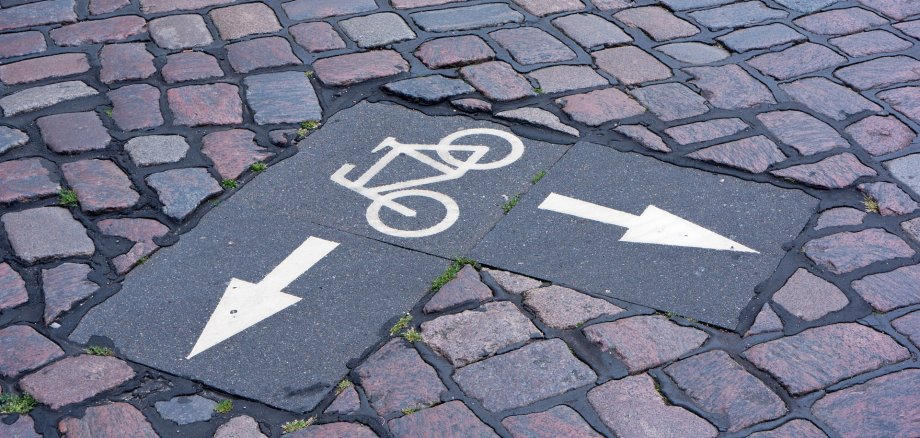Commuter bike route planned in Konz
The committee for construction, urban development and environmental protection of the city of Konz has given the green light for the first measures for the commuter cycle route. As soon as a positive funding decision is received, implementation can begin. Further measures will follow.
What is planned?
The state of Rhineland-Palatinate and the municipalities of Schweich, Trier and Konz have concluded a cooperation agreement, according to which a commuter cycle route is to be created between the towns. In the future, cyclists in the city of Konz should be able to ride comfortably and safely from the train station in Konz via the planned cycle lanes to the banks of the Moselle in Karthaus. These plans are part of a whole package of measures intended to improve pedestrian and bicycle traffic in the city of Konz.

This is where the commuter rod route is supposed to run.
What does this mean for local residents?
In order to realize the commuter cycle route, parts of Bahnhofstrasse, Konstantinstrasse, Parallelweg and Albanstrasse will become cycle streets. According to the road traffic regulations, these may initially only be used with bicycles. However, use with other vehicles such as cars or motorcycles can be released via additional characters. This is planned in Konz. Motor vehicle traffic is permitted - as before. A maximum permissible speed of 30 km/h then applies to all of them. On a bicycle street, bicycle traffic has priority over other means of transport. Riding bicycles next to each other is permitted. Motorists have to adjust their speed. In principle, “right before left” applies to all road users on cycle streets.
What other changes will there be in the streets?
In order to reduce motor vehicle traffic to a minimum, there will be changes to traffic routing in some areas. In the parallel path, a one-way street in the direction of the city center will be set up between the junction with Karthäuser Straße and the junction with 'Am Tunnel'. This measure is intended to prevent bypass traffic in the future. The parking markings there will be removed because the parking spaces on the one-way street on the railway side are unsuitable (makes it difficult to get in and out on the driver's side). In future it will be possible to park anywhere on the right-hand side in the direction of travel, as long as no property entrances and exits are blocked.
In the further course of the parallel route and a section of Albanstraße, between the street 'Am Tunnel' and Hubertusstraße, a one-way street will also be set up - but in the opposite direction (towards Karthaus station). The previous parking regulations will remain in place here. In the last part of Albanstrasse, nothing changes in the traffic routing.
In Konstantinstraße, the lane elevations will be removed to avoid bicycle accidents. In order to slow down the speed of the vehicles, speed bumps in the form of "Berlin cushions" are installed at intervals. The parking spaces marked by paving are additionally marked with white markings, as some of them are on the sidewalk.
Traffic routing and parking regulations will remain unchanged in Bahnhofstrasse.
What is the goal?
Cycle streets encourage the use of bicycles. On cycle streets, cyclists experience that they are privileged road users and, as such, are desired. The previously natural preference for motorized traffic is reversed on these roads. This contributes to increased use of bicycles and promotes the switch to environmentally friendly cycling.

